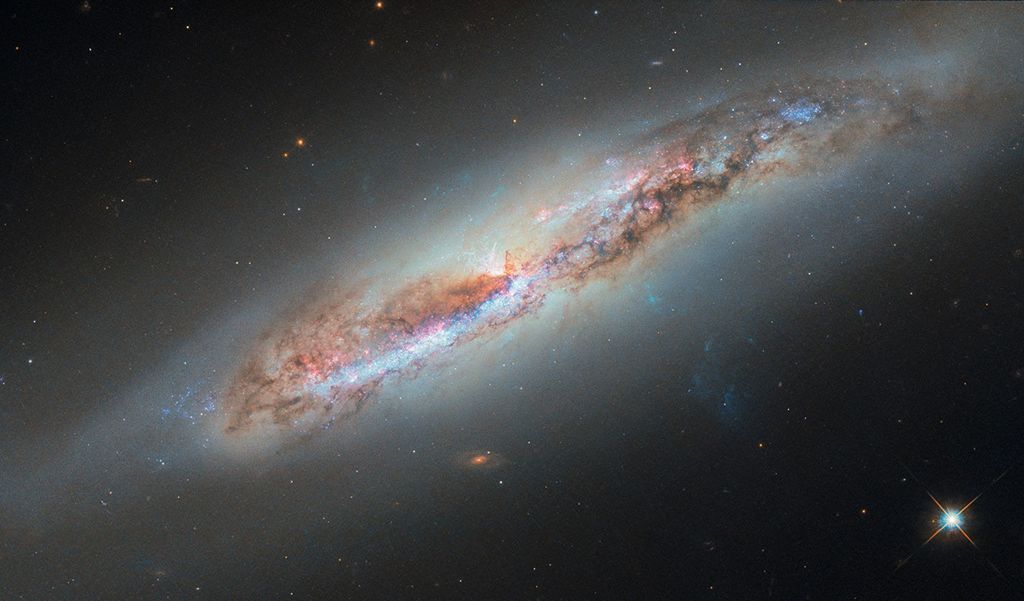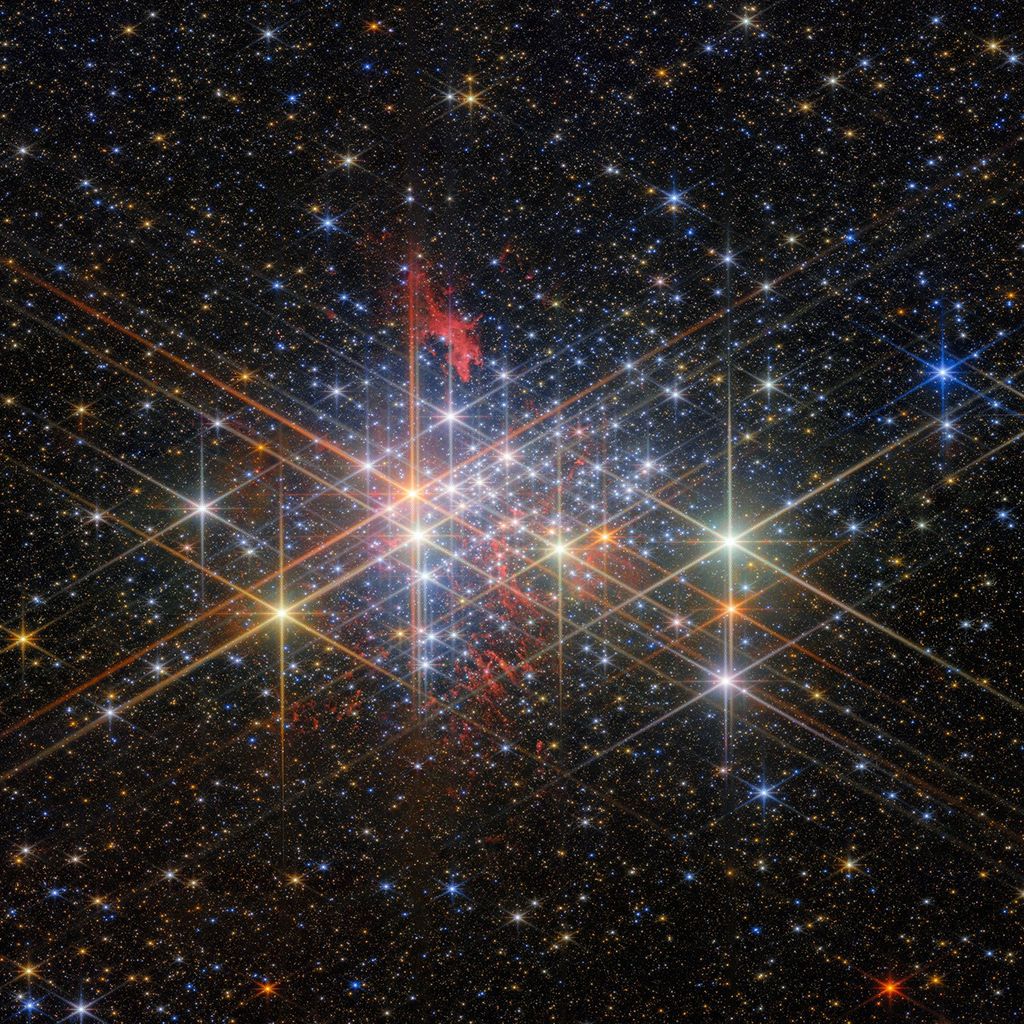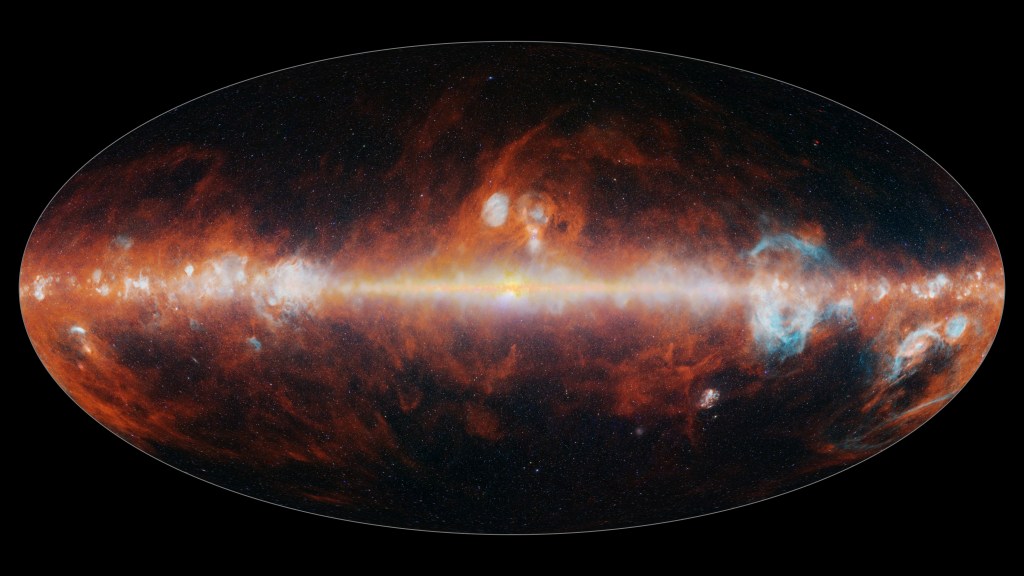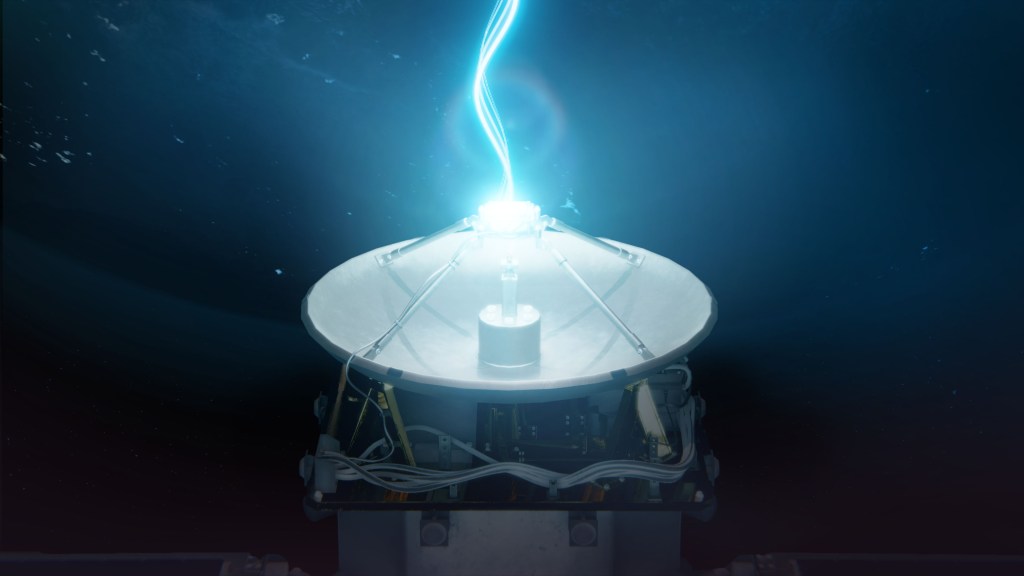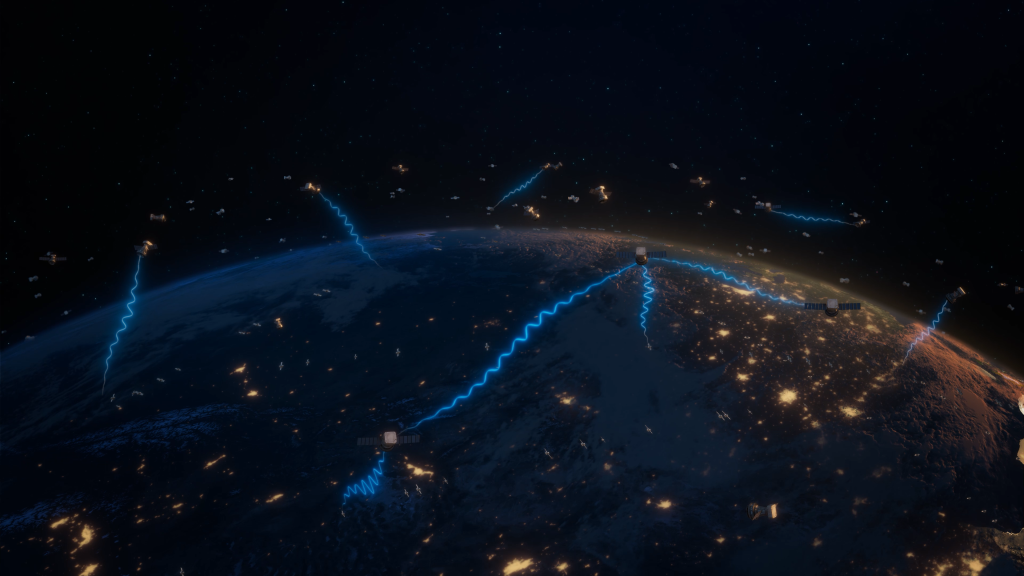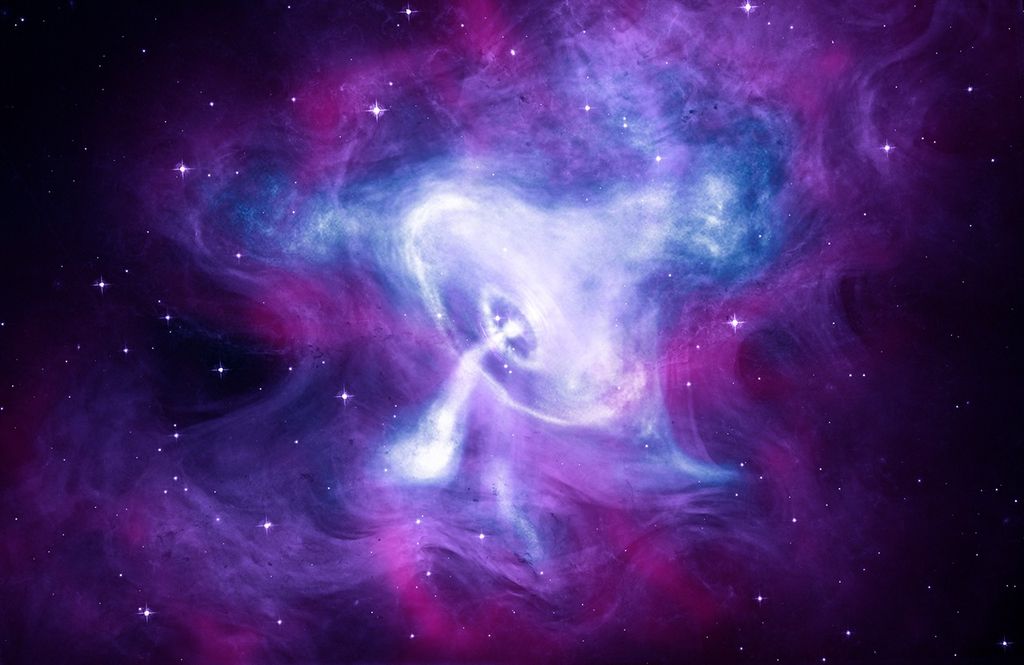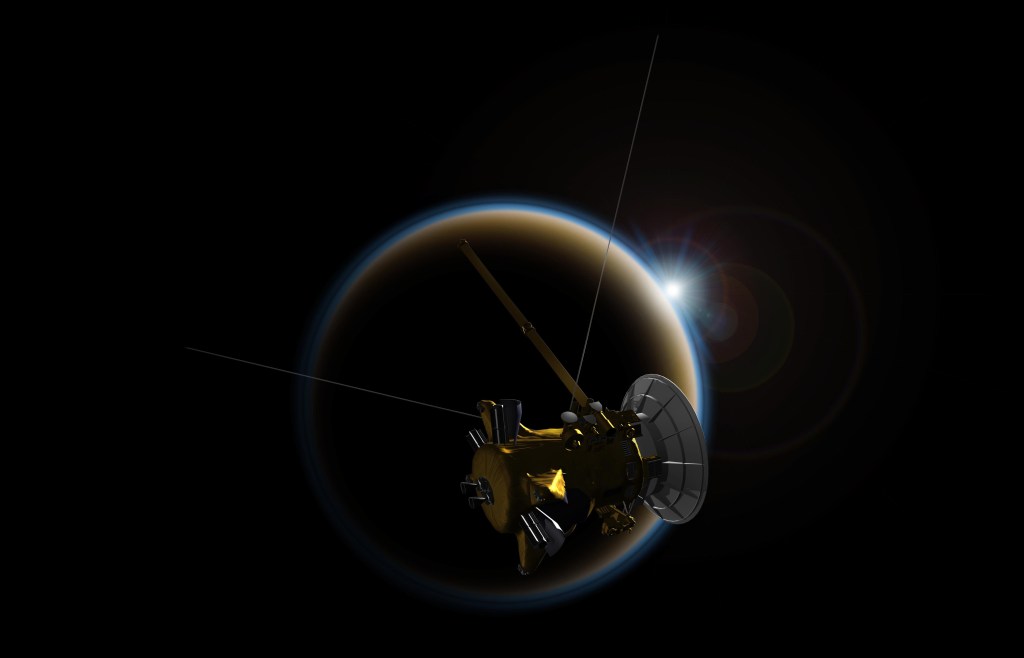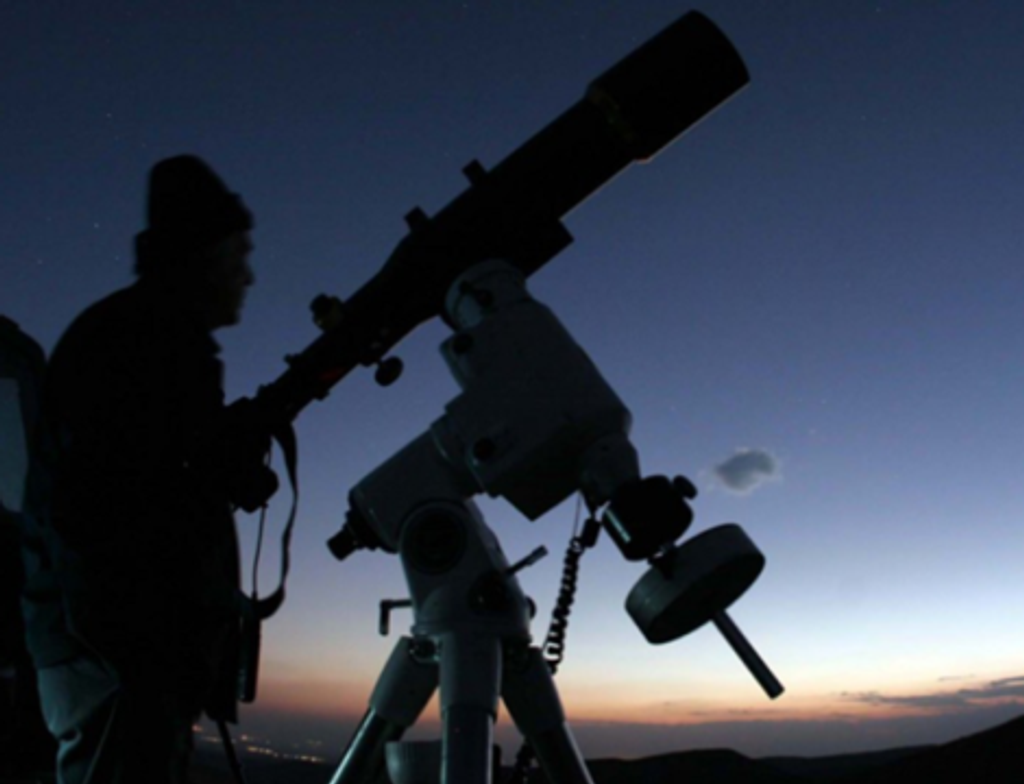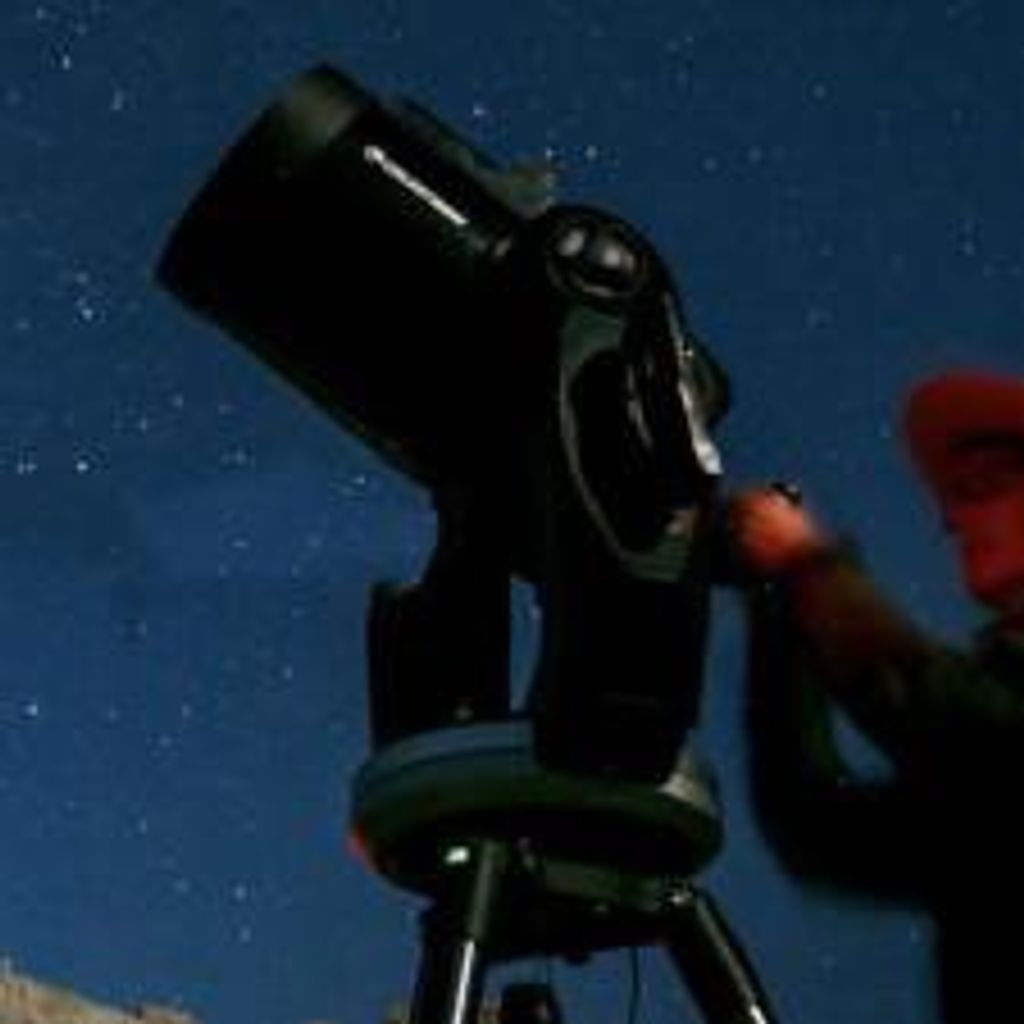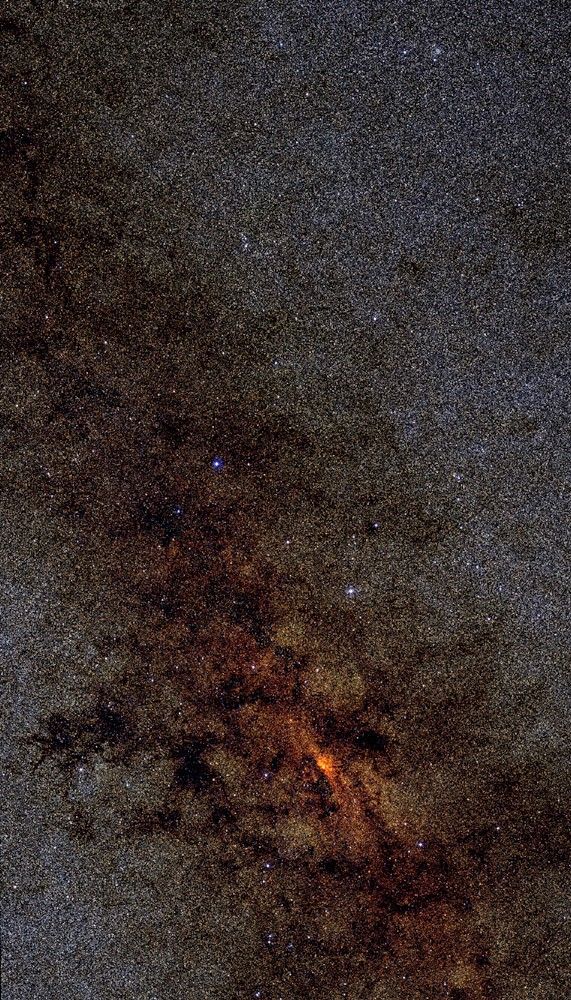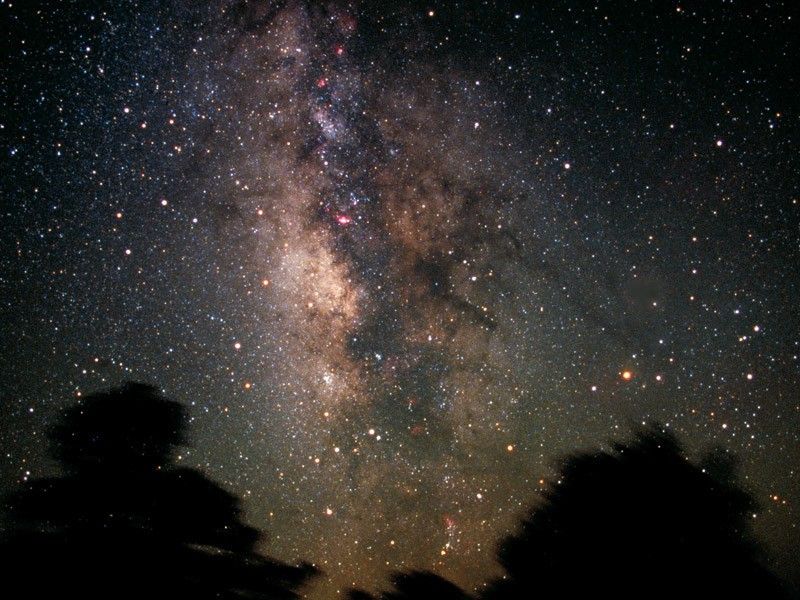1 min read
Quintuplet Cluster

About the Object
- R.A. PositionR.A. PositionRight ascension – analogous to longitude – is one component of an object's position.17h 46m 13.9s
- Dec. PositionDec. PositionDeclination – analogous to latitude – is one component of an object's position.-28° 49' 48.0"
- ConstellationConstellationOne of 88 recognized regions of the celestial sphere in which the object appears.Sagittarius
- DistanceDistanceThe physical distance from Earth to the astronomical object. Distances within our solar system are usually measured in Astronomical Units (AU). Distances between stars are usually measured in light-years. Interstellar distances can also be measured in parsecs.26,000 light-years (8,000 pc)
About the Data
- InstrumentInstrumentThe science instrument used to produce the data.HST>NICMOS
- FiltersFiltersThe camera filters that were used in the science observations.F110W (J-band), F160W (H-band), F187N (Paschen-alpha), and F205W (205nm)
- Object NameObject NameA name or catalog number that astronomers use to identify an astronomical object.Quintuplet Cluster, Pistol Star, V4650 Sgr.
- Object DescriptionObject DescriptionThe type of astronomical object.Open Star Cluster
- Release DateSeptember 16, 1999
- Science ReleaseHubble Spies Giant Star Clusters Near Galactic Center
- Credit
Related Images & Videos

The Arches and Quintuplet Clusters Near the Milky Way's Galactic Center
Penetrating 25,000 light-years of obscuring dust and myriad stars, NASA's Hubble Space Telescope has provided the clearest view yet of a pair of the largest young clusters of stars inside our Milky Way galaxy, located less than 100 light-years from the very center of the Galaxy....
Share
Details
Last Updated
Aug 17, 2025
Contact
Media
Claire Andreoli
NASA’s Goddard Space Flight Center
Greenbelt, Maryland
claire.andreoli@nasa.gov

